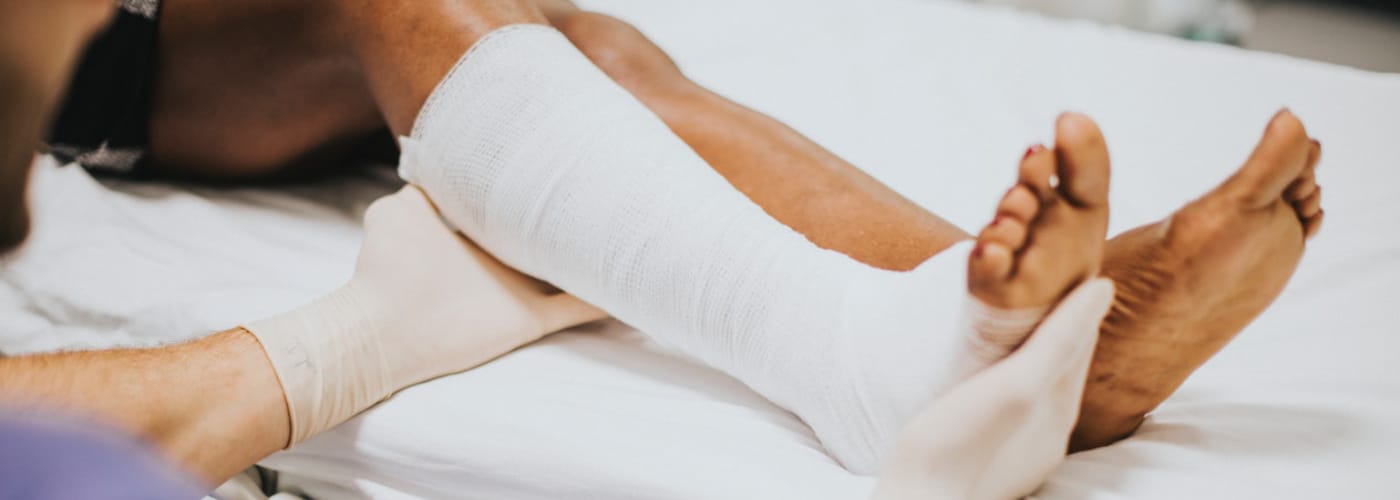You can’t predict muscle injuries. One day you’re exercising at the gym, and the next moment you’re feeling sudden pain. Without attention, the entire situation can go south. Pushing your body too hard often means that you’re risking getting hurt. Still, if you’re properly training yourself and monitoring your activity, you can decrease your chances of muscle injury. The following are HiDow International’s six helpful tips that you should implement when working out.
Preventing Muscle Injuries
1. Use a TENS and EMS unit.
Resting doesn’t always mean lying in bed. Using a TENS and EMS unit helps muscles recover after a long hard workout. These devices are so powerful to athletes as many practitioners use them to treat patients with muscle aches. It sends low-voltage pulses to prevent pain signals from reaching the brain. With that said, it also stimulates the production of endorphins which is the natural feel-good chemicals in the body.
2. Monitor your vitamin levels.
It is very common to be deficient in vitamin D. About 77% of Americans need more. The role of vitamin D is crucial as it helps with muscle functions like protein synthesis and electrolyte balance. Electrolyte imbalance can result in injury and fatigue. Also, when proteins are not synthesizing, this impedes muscle recovery. Vitamin D is so important that being deficient could affect performance and strength. Optimally, 258-hydroxy vitamin D blood levels are around 40-50 ng/ml. If you’re an athlete, you should be taking 2,000 IU of vitamin D every day. Of course, we suggest consulting with a physician if you plan to consume high-dose vitamins.
3. You should under-stretch
The saying “stretching prevents injury” is one of the greatest myths in the sports industry. The truth is aggressive stretches can decrease performance and cause muscle damage. This is especially true for those individuals participating in an intense workout since it can shock the muscle by sudden exertion or force. As a result, this gives you a higher risk of tearing your muscles. As a good rule of thumb, always keep your warm-ups quick and skip the Toe Touches.
4. Start using a functional movement screening
A Functional Movement Screen is one of the most popular devices for injury prevention. This is a battery of seven scored drills that measures individual fitness and fatigue levels. Low test scores and signs of asymmetry could mean weakness and mobility issues. If you are imbalanced, your muscles could compensate for the weakened tissue, which can ultimately cause injury because it’s been overworked. In fact, about two-thirds of soccer teams work with FMS to prevent injuries.
5. Use a heart monitor.
When you want to monitor your fitness level, it’s best to look at your heart rate variability. Ideally, the higher your variability, the better. Those with low HRV mean overtraining and fatigue, which can lead to muscle injury if you’re training at a pace that your body can’t keep up with.
Many devices monitor your heart rates, such as watches or smartphones. Monitor your heart rate and recover when you’ve reached 125 beats per minute after an intense session. As you continue training, this rate will decrease faster, meaning that your cardiovascular fitness is getting better.
6. Try irregular strength exercises.
To most athletes, a torn hamstring and other muscular injuries are proven issues to their sports, and this can lead to extensive loss of playtime. There is an abundant amount of eccentric workouts, such as Nordic Hamstring Curls, that can prevent injuries. Such activity trains your muscles to maintain tension and strength while they lengthen. As a result, this prevents tears that often happen when the muscles are suddenly elongated. This training can also help absorb intensive force.

Related Stories
How to Cope with a Sports Injury
Staying active helps your body stay strong. But sometimes, activity leads to pain, strain, or...
Jul
Red, White, and Soothe: How HiDow Helps You Recover in the Heat
Recovery that works in winter doesn’t always hold up in the heat. The body reacts...
Jul
Massage Gun Showdown: How the Power Duo Compares to Traditional Methods
Have you ever considered that a handheld device could revolutionize your muscle recovery? With the...
Jun
Fatherly Fitness Tips For Men’s Health Month
Men’s Health Month is more than a date on the calendar—it’s a call to action....
Jun
Built to Move: The Everyday Recovery Edit
Movement is what keeps us going—literally. Whether it’s recovering after a run, loosening up after...
Jun
Unlocking The Secret To Tissue Injury Recovery With TENS/EMS Devices
Have you ever wondered why some injuries take longer to heal than others? Tissue injuries...
May